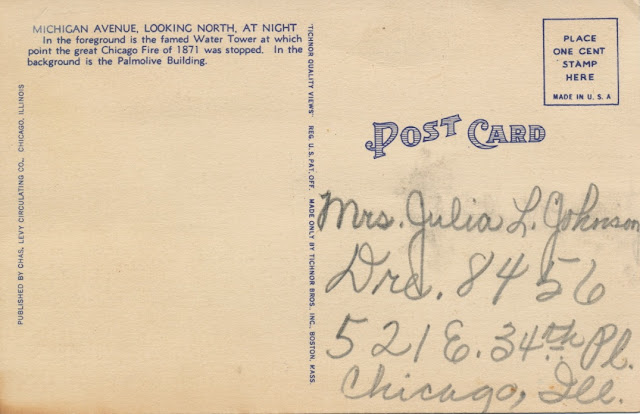On that note, I would also like to announce the winners of the GPSmycity.com walking app. giveaway for iPhones and iPods from two weeks ago. I thank you for participating, and I will be contacting you to email you the code you need to get your app. Here are the winners:
Alan Burnett and Kakihara will both be getting walking tours of New York City.
Brian (from Paper Sponge) will get a walking tour of San Francisco.
Mark S. and Christine Wallace will both get tours of Prague, and
Judy from Judy's Notebook will be getting a tour of Tokyo.
It was interesting to me to see what locations you chose - all great choices!
Happy travels, and stay on the sidewalks to avoid crazy drivers.
The first card refers to the Metropolitan Police Act of 1839, passed by the Parliament of the United Kingdom. Section 54 addressed a long list of nuisances, but did not anticipate the advent of the automobile. They were merely trying to address the problems of wild horse-cart driving.
In addition to furious driving, here are some other activities that were outlawed:
- Driving carts on the footway.
- Selling or distributing "profane, indecent or obscene books, papers, prints, drawings, paintings or representations", or singing any songs or ballads with similar content or using language "to the annoyance of pedestrians or passengers".
- Threatening or abusive behaviour or words.
- The blowing of horns (except by guards and postmen of the General Post Office.)
- Discharging firearms, setting fireworks or lighting bonfires.
- "Wantonly disturbing" persons by ringing doorbells, knocking on doors or unlawfully extinguishing lamps.
- Flying kites or playing games to the annoyance of others.
- Making slides upon ice or snow to the danger of pedestrians.
Here are the backs of the cards in the same order. The first one is interesting, because it was printed just before it became permissible to write a message on the back of the card. Before March 1, 1907, you could only write the address on the back of the card, which is why many people tried to scribble a message on the front.
The second postcard is from prior to 1907. Note that there's no space for a message here.

































































